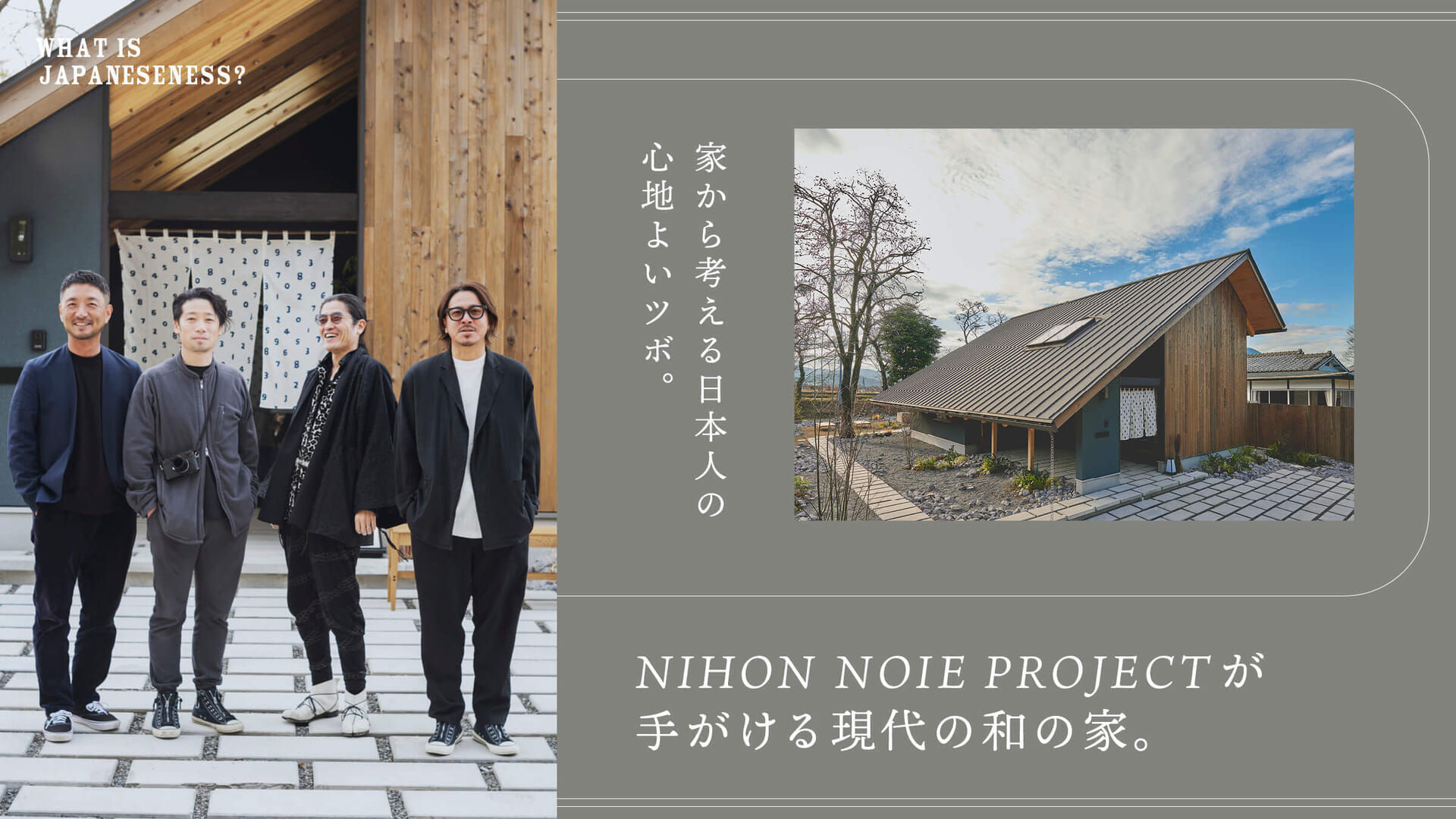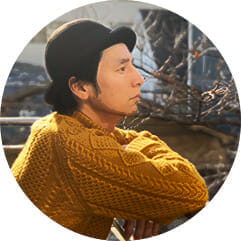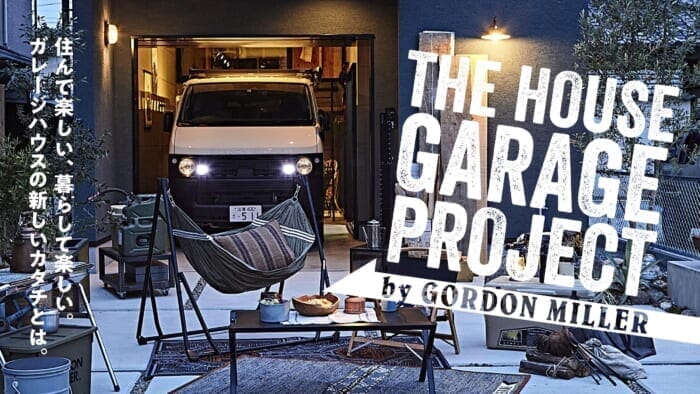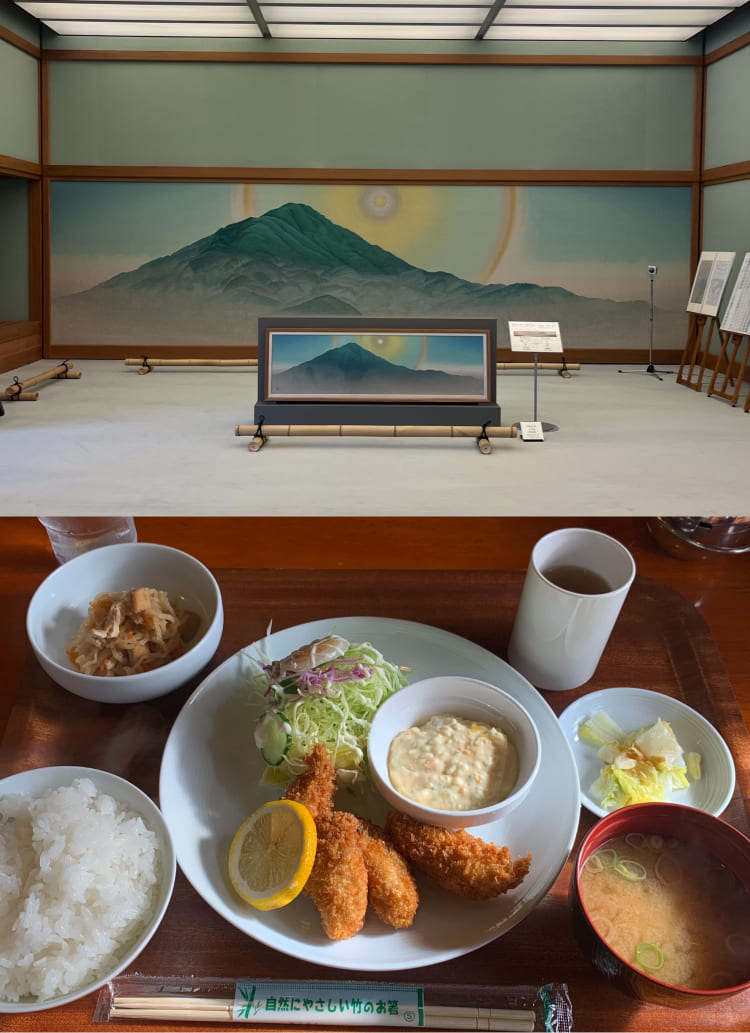Japanese architecture that cannot be touched halfway.
In housing, "wa" or "Japanese style" is a subject to be handled with caution.
I don't mean to put it this way, but it's easy to create a West Coast-style house. If you do it in the culture that embodies it, it is easy to make, but there is nothing like that in a Japanese-style house," Hayashi said.
. Japanese-style houses are difficult to get into because of the difficulty involved. However, Mr. Doidi is sensitive to the growing momentum for Japanese style from market trends in other genres.
. "These days, antiques, folk art, and other items that are considered modern in some ways are popular, especially among the younger generation. . Young people are very diverse and flexible to the ideas of their predecessors. After all, I think that the wisdom of our ancestors and the climate and history of this country, which have been cultivated for a long time, have become a part of our lives.

When you are young, you inevitably have a yearning for Western culture . But the truth is, some of us don't have the eyes to see what is really close to us," Tanijiri said.
If we take a fresh look at Japanese culture from a flat perspective, we can find many advantages that are relevant today. However, when building a house, it is not a simple matter of adding Japanese icons such as tatami mats, shoji screens, and veranda, and saying "Hi, we have completed the house! . What you can create in this way is a house that is not only Japanese, but also Japanese in nature. . What is created in this way is only a Japanese-style house. Instead, we must thoroughly explore how we can create a "wa" that is not superficial.

Makoto (Tanijiri) and I wanted to make a Japanese-style house for a magazine project before, and we stepped in and thought about it a lot, but we couldn't realize it as a satisfactory form at that time. Harmony is different for different people and different ages, and it is a scary thing that you might mock up if you try to do it half-heartedly. If we are going to do it, it is incredibly important who we do it with," said Hayashi.
The textile manufacturer "SOUSOU" was chosen for the project.
For example, Katsuji Wakisaka, the first Japanese textile designer at Marimekko in Finland, was involved in the design of SOUSOU, which is popular in Japan and Taiwan as a new type of Japanese design. I felt that we could work with "SOUSOU," which embodies a modern version of harmony by aggressively extending Japanese design," says Hayashi.


Updating Japanese culture to a modern style. One way to do this is to round out the prestigious and formal Japanese style and make it more accessible.

. I think it's great, simple, just a simple concept like cute, fun, and delicious. I think it's best if I can honestly suggest that this is the kind of thing people would enjoy today. For example, even for the Dolls' Festival, I think it is enough to simply have only the male and female dolls without having a magnificent 7-tiered decoration. There are also detailed rules for kimonos, such as the layering of kimonos during this month, but I think it would be better if we can be flexible. I want to do something that people today can enjoy freely," said Wakabayashi.


Textiles from "SOUSOU" adorn the wallpaper, sofa covers, and noren curtains in Japanese-style rooms. There is a lightness here that renews the image of "stately, historic Japanese" that is so ingrained in our minds.











